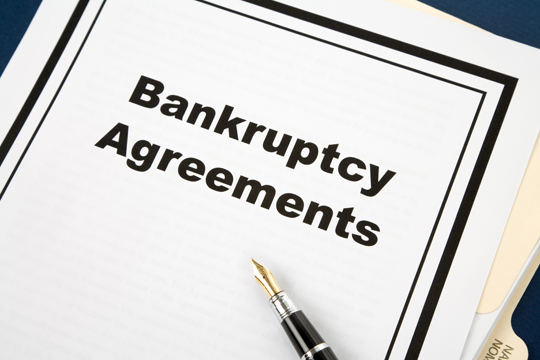Bankruptcy. It’s an overwhelming word to have to consider, and the many types of bankruptcy and their requirements don’t make the stress of looking into bankruptcy any easier. Whether you’re looking at a foreclosure or you’re a business that is having trouble making ends meet, don’t fret. Bankruptcy code exists to help you to find a way out of the position you’re in, so while it may be overwhelming, embarrassing, and stressful to try to navigate, Seva Call is here to help. Today we’re going to take a look at Chapter 10 bankruptcy, what it means, and what some of the requirements are.
Bankruptcy for Small Companies
When you think of corporations filing for bankruptcy, the most common type we see is Chapter 11. Chapter 10 is similar, but is meant for smaller companies. Chapter 10 bankruptcy enables a small company that is having financial difficulties to request the protection of the court while it restructures. Chapter 10 is generally reserved for situations where a major restructuring or reorganization is necessary for a company to survive.
How to File Chapter 10?
In order for a small company to qualify for Chapter 10’s protection, a company has to bring the court complete disclosure of its current financial conditions for review. While working with the court to review its financial issues, the company needs to also work toward developing a reorganization plan that will effectively allow for the current debts to be repaid. If the court decides that the company is eligible for Chapter 10 bankruptcy, and if the court finds the reorganization plan to be satisfactory, then the court has the power to grant the protection and appoint a manager to oversee the execution of the restructuring. This manager will be a liaison with the court until that company’s time in Chapter 10 bankruptcy comes to an end.
Need a Bankruptcy Lawyer?
Do you have a company that may require the protection of Chapter 10? If so, TalkLocal has a free concierge service that can help connect you with local attorneys with the expertise to help you.











